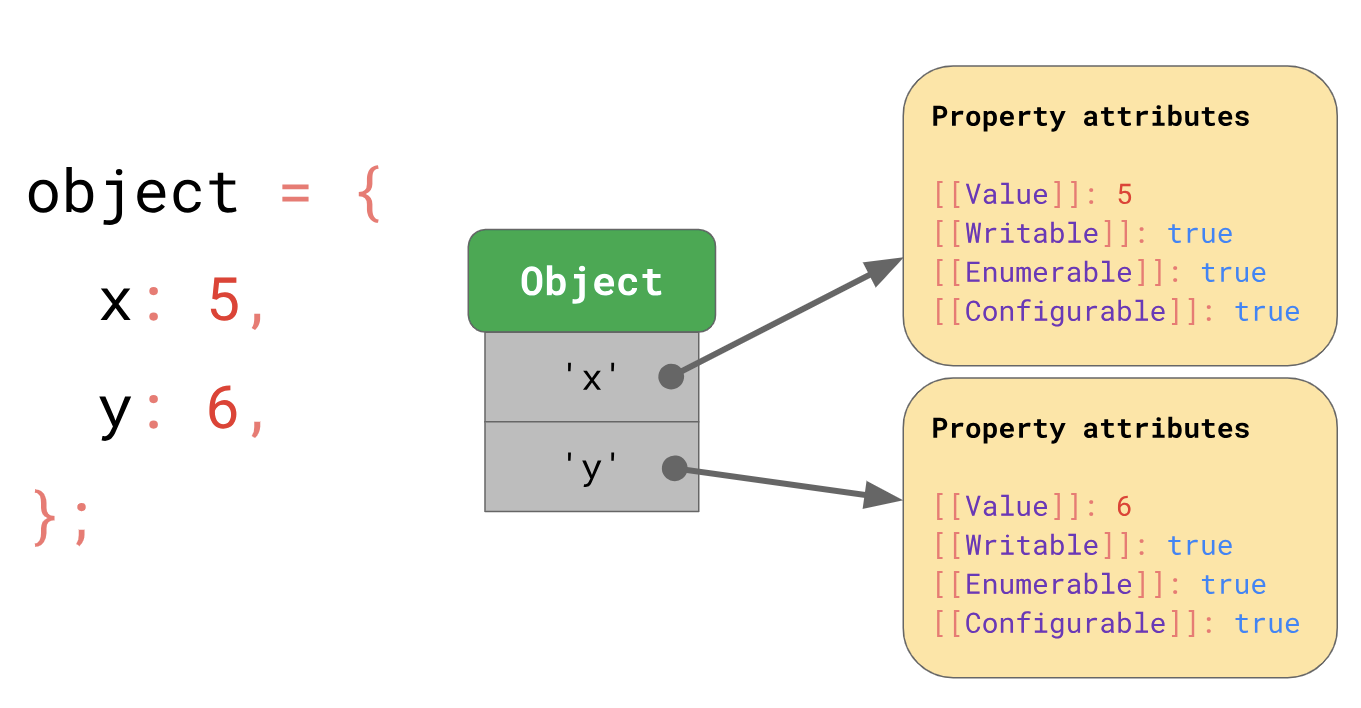Domain Modeling
- Domain modeling is the process of creating a conceptual model in code for a specific problem.
- A model describes the various entities, their attributes and behaviors, as well as the constraints that govern the problem domain.
- An entity that stores data in properties and encapsulates behaviors in methods is commonly referred to as an object-oriented model.
-
It defines a vocabulary that can be used within and between both technical and business teams.
- Learning a new technology
- Naming things
- Testing your code
- Debugging
- Fixing bugs
-
Making software maintainable
-
We put together code with the purpose of building components that we have taken out of the problem domain.
- many problem domains are like a puzzle with a blurry picture or no picture at all.
- you should take the time to clearly understand the problem domain before writing any code.
- You can often make the problem domain easier by cutting out cases and narrowing your focus to a particular part of the problem.
Tables
- A table represents information in a grid format.

- The
< table>element is used to add tables to a web page. - A table contans a set of colomns and rows
<tr>used to create new row<td>used to fill the data in.<th>used to make header .
Functions, Methods, and Objects:
- Functions allow you to group a set of related statements together that represent a single task.
-
An object is a series of variables (properties) and functions (methods).
- Creating an object: constructor nation The new keyword and the object constructor create a blank object.
-
To update the value of properties, use dot nation or sequare brackets.
object.name='value’ - Web browsers implement objects that represent both the browser window and the document loaded into the browser window.
-
JavaScript also has several built-in objects such as String, Number, Math, and Date. Their properties and methods offer functionality that help you write scripts.
- Arrays and objects can be used to create complex datasets (and both can contain the other).
